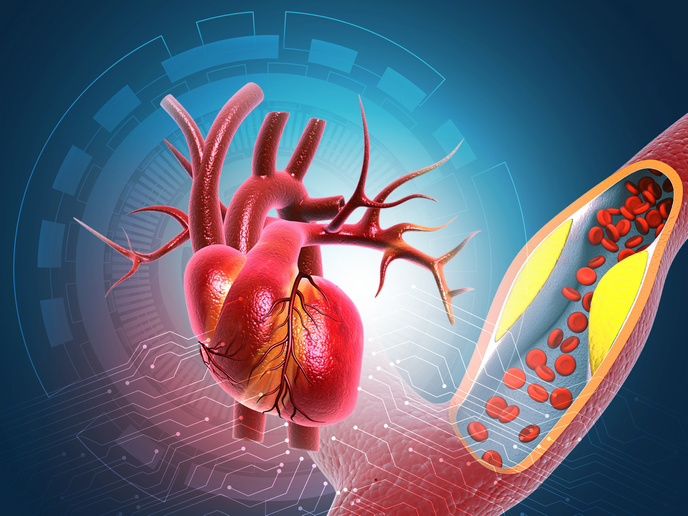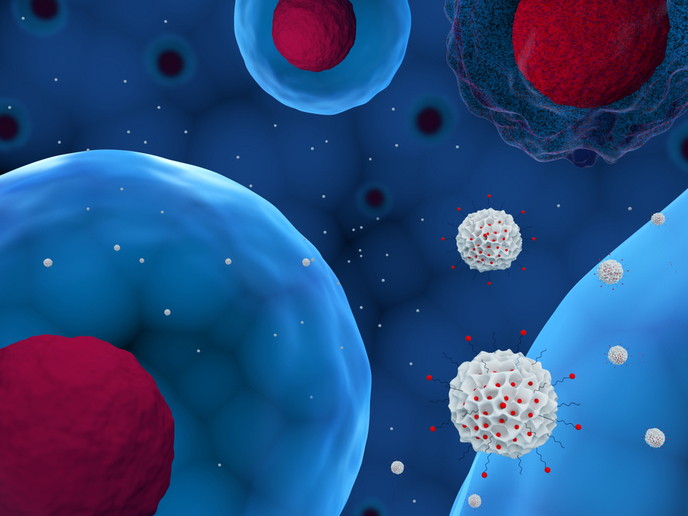Antibiotic safety evaluation for new-borns and children
The Paediatric Committee (PDCO) of the European Medicine Agency (EMA) has identified azithromycin in neonates among those off-patent drugs that are used consistently in older children. In particular, azithromycin is used to treat various pathogens such as Chlamydia, Mycoplasma, Bordetella and Ureaplasma. Bronchopulmonary dysplasia (BPD), also known as chronic lung disease (CLD), is a multifactorial disease observed in premature babies that is usually caused by Ureaplasma. Currently, there is no established treatment for BPD but administration of azithromycin in neonates may prove beneficial against BPD. The EU-funded TINN2(opens in new window) (Treat infections in neonates 2 - Evaluation of an infective agent (azithromycin) for the treatment of infections in preterm and term neonates) project evaluated the efficacy of the antibiotic azithromycin in preterm and term neonates. The ultimate goal was to obtain a paediatric use marketing authorisation (PUMA) for the treatment of Ureaplasma infection in neonates. To do so, the consortium brought together 16 partners from eight European countries including three SMEs. Although a paediatric investigation plan was approved by the PDCO at EMA alongside a safe and ethically sound protocol for the investigation of azithromycin in neonates, the planned clinical trial was not performed. Nonetheless, partners collectively produced new knowledge on the use of azithromycin in preterm neonates. This included evidence implicating the pathogen Ureaplasma in BPD, indicating that azithromycin treatment of preterm babies could decrease BPD rates. Scientists developed an in silico pharmacokinetics and pharmacodynamics modelling approach for the dose regimen of the best formulation in the target population. This model was based on literature and pharmacokinetics data, and aimed to identify key safety parameters regarding the use of this antibiotic in neonates. Review of data on azithromycin indicated its localisation in alveolar macrophages. For drug measurement in neonates, partners generated an analytical method that estimates the intracellular concentration of the drug. This HPLC-MS/MS-based method enabled an accurate estimation of drug levels in safety studies. The TINN2 project addressed the factors that hinder the translation of research activities at the regulatory, ethical and clinical levels. Project efforts have paved the way for other neonate-directed clinical trials involving new antibiotics to be evaluated and licensed for use in infants.







